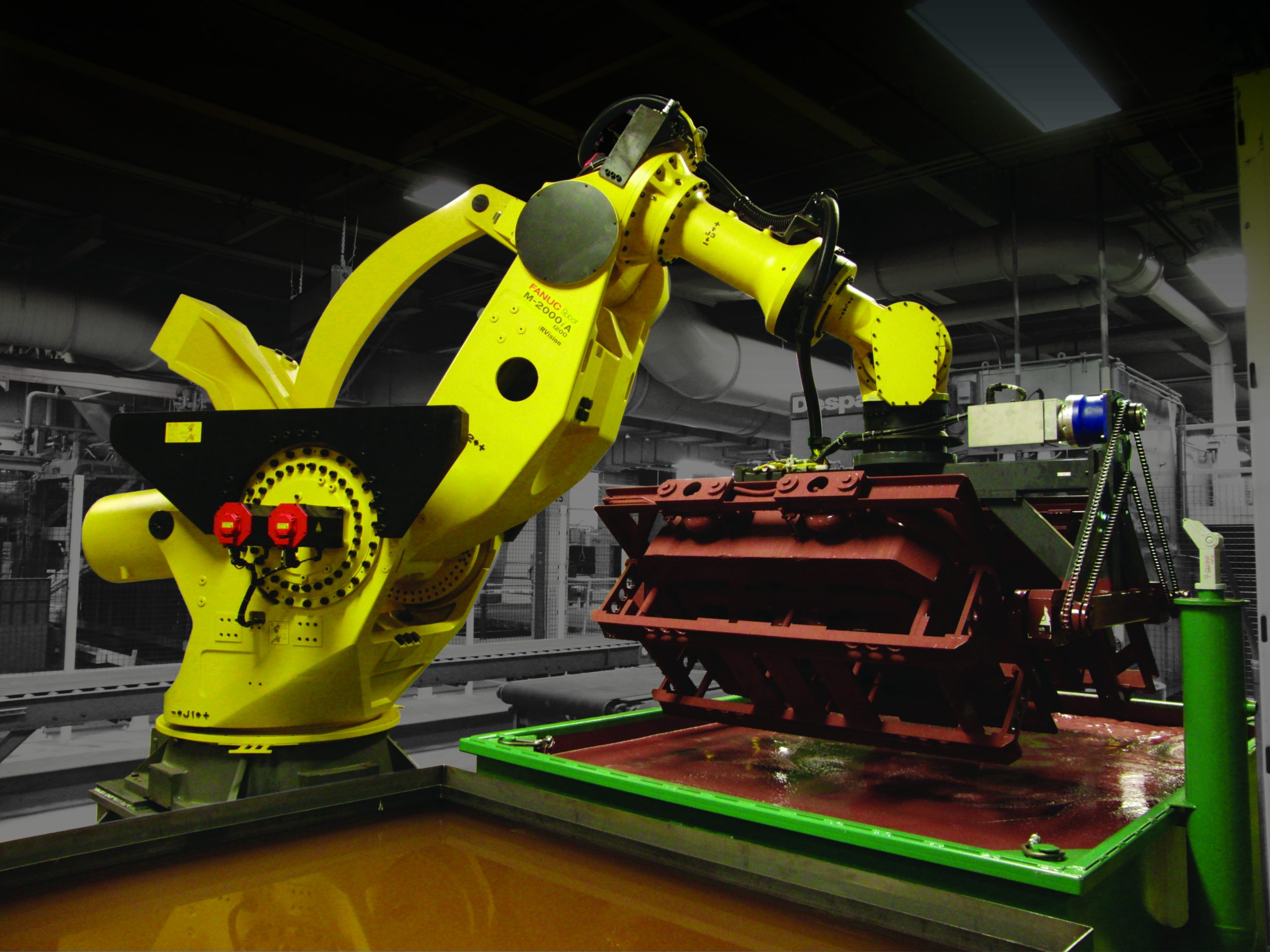In today’s rapidly evolving manufacturing industry, industrial robots and robotic manufacturing have become the primary drivers of innovation and efficiency. The introduction of robotics into manufacturing has revolutionized this industry. It provides a range of advantages to companies seeking to increase productivity quality, competitiveness, or quality. Manufacturing robots will play an increasing part in shaping the future of manufacturing as the demand for solutions that automate production increases.

Industrial robots are also referred to as manufacturing robots. They are designed specifically for machines that perform multiple tasks in the production environment. These tasks can include welding or painting, assembly placing and picking, packaging and other things. Industrial robotics is an area that studies and applies robotics to increase the efficiency and precision of manufacturing operations.
Automated Solutions Australia, a firm that is specialized in the development of industrial robots that provide flexible solutions for manufacturing customers, is at forefront. ASA robotics for manufacturing in industrial settings seek to assist clients gain an edge over competitors by enhancing their efficiency and quality. ASA industrial robotics are sought-after by companies across a variety of industries like pharmaceuticals, electronics, and automotive.
The advantages of implementing industrial robots in manufacturing have many facets. Increased efficiency and productivity is one of the main advantages. Industrial robots are capable of performing repetitive tasks with accuracy and consistency, leading to more efficient output rates and shorter cycle times. This increases productivity overall and helps businesses respond to consumer demands.
Industrial robots are also a part of greater quality control during manufacturing processes. These robots reduce the margin of errors by executing tasks accurately and reliably that results in superior quality products. This results in increased customer satisfaction as well as bolsters the company’s reputation as a supplier of top-tier goods.
Industrial robots not only offer efficiency and quality but also cost-saving benefits. While the initial investment in manufacturing robots may seem substantial, the long-term cost savings are significant. Businesses can lower operational costs by streamlining processes and cutting down on manual labor. Industrial robots can be operational 24 hours a week and maximize the utilization of resources, as well as reducing costs of production per unit.
Industrial robots’ impact’ effects on the working environment is a further compelling advantage. The robots create very little of noise, which create an environment that is more peaceful and more relaxing for employees. In addition, their precision and speed create a safer workplace as they reduce the risk of injuries and accidents that are associated with manual labor.
The integration of industrial robots plays an important role in job creation and the future of work. Industrial robots could provide new opportunities for employment, regardless of concerns that automation could take over human workers. This includes positions in robotic programming, maintenance, oversight and control, as well as the development of cutting-edge technology to aid in the production of robots.
In the various industries, businesses continue to benefit from industrial robots and the manufacturing sector continues to embrace the technology, it is transforming the business. Industrial robotics, with its capacity to boost the efficiency, quality and effectiveness of production is changing the way that products are manufactured.
In conclusion, manufacturing robots are a paradigm shift in manufacturing. The integration of these modern technology is helping businesses increase productivity to levels that are unimaginable accuracy, precision, and efficiency. Industrial robots will play a crucial function as the need for automation continues to increase. They will help define the future of manufacturing and propel innovation.
